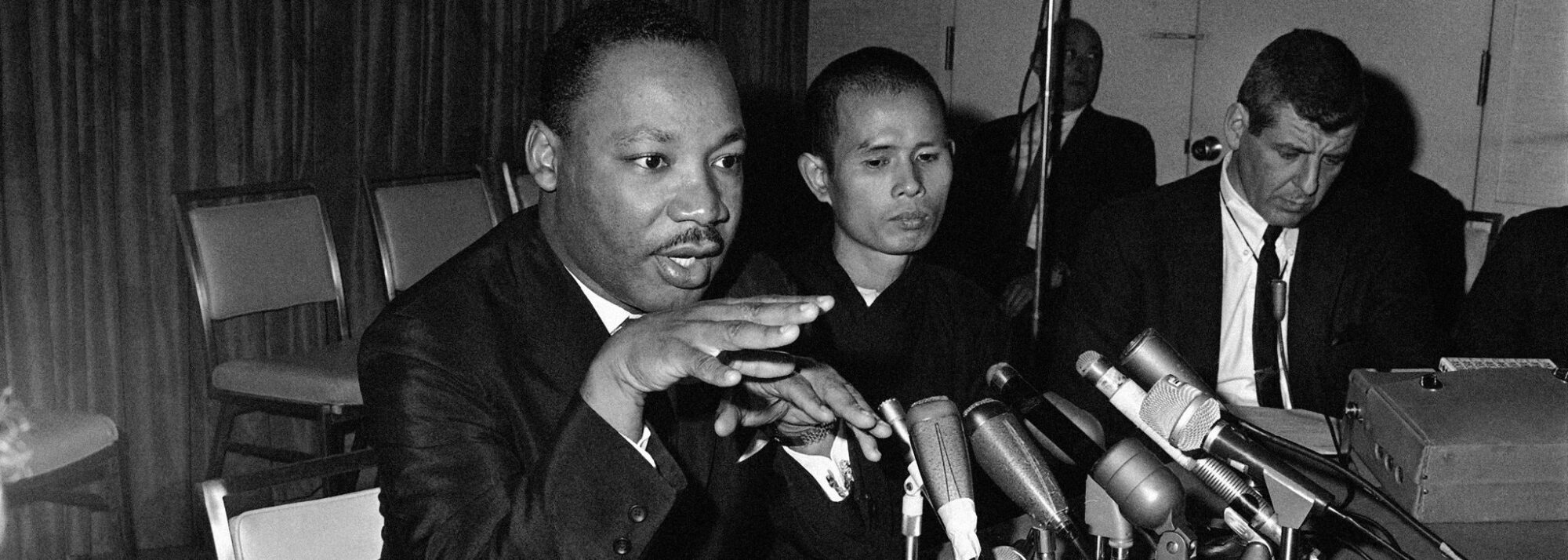A very nicely written excerpt from FT writer Gillian Tett’s new book Fool’s Gold on the origins of the credit crisis appears in the weekend edition of the FT. You can access it online here.
This excerpt shines a light on the original synthetic CDO structure, the so-called BISTRO, set up by JP Morgan in the late 90s. Morgan originally ran 9.7 billion dollars worth of loans through their first BISTRO. This became the model for hundreds of billions of loans in the new synthetic market.
The key to understanding the power of the synthetic CDO is the so-called “Super Senior” tranche. How do these work?
As a simple model, consider Shady Bank A that has made a billion dollars worth of loans to sub prime borrowers. The Federal Reserve Bank requires the Bank to keep a certain amount of capital as a cushion against losses on that portfolio of loans. Ten percent is the usual standard. So if Bank A has 100 mn in equity (it’s more complicated but let’s just assume a simple balance sheet with equity and debt) it must raise more equity if it wants to make new loans.
Or it can use a synthetic CDO to make people believe it has moved the risk associated with those loans off its balance sheet. To do that it sets up a separate entity known as a Special Purpose Vehicle or SPV. The SPV raises money from third party investors like hedge funds and pension funds. The secret, though, of a synthetic CDO with a Super Senior tranche is that it does not have to raise a billion dollars in order to transfer a billion dollars of risk off its balance sheet.
Instead it might raise $150 million. That $150 million is used by the SPV to buy, for example, U.S. Treasury bonds which then sit in a trust fund to be used only if there is an impairment to the value of the first $150 million of the $1 billion of loans. The SPV sells equity, mezzanine, and senior pieces of the SPV to raise that $150 million. The equity tranche has the highest risk because it will be wiped out first if the original loans run into trouble. Thus, equity investors in the SPV will get the highest interest rate.
To make sure that Shady Bank A no longer has the risk associated with the billion dollars of loans, the SPV sells the Bank protection in the form of a Credit Default Swap (or CDS: a swap (the “S” in CDS) of the risk of default (“D”) on the loans (“C” for credit).
But it turns out that the SPV investors only have $150 million in collateral raised to actually pay off on the risk of default. So that 150 million slice is considered “funded.” The CDS protection on the other $850 is “unfunded” and CDS protection on that larger piece is provided by a separate group, often AIG’s Financial Products unit, as in the case of the original BISTRO.
And therein lies the magic. Because AIG’s FP unit was not regulated by insurance regulators it had NO obligation to set aside any cash reserves to back up its promise to pay off if any of the $850 million went bad. Back in 1998 default rates rarely would eat through the first 15% so the risk on these pieces of the SPV/CDO were considered “super seniors” – safer than even the AAA rated senior tranches of the funded (i.e. collateralized) $150 million piece.
On the other hand, if default rates did hit the 850 mn piece then AIG would be in real trouble and sure enough they are and had to come running to us, the US taxpayers to be bailed out to pay off on their super senior obligations!
Meanwhile, of course, Shady Bank A has allegedly “moved” a billion dollars of risk off its balance sheet by raising only $150 million! That frees it up to make new loans without raising any more capital for its own balance sheet (well, not quite, the Fed just reduced the reserve requirement for the super senior tranche to a fraction of its older requirements). And it is free to repeat this exercise dozens of times and many banks did. To the point when, in essence, our carefully crafted reserve requirements were essentially obliterated by financial and regulatory arbitrage.
As Tett writes: “The implications were huge. Banks had typically been forced to hold $800m reserves for every $10bn of corporate loans on their books. Now that sum could fall to just $160m. The Bistro concept had pulled off a dance around the international banking rules.”
